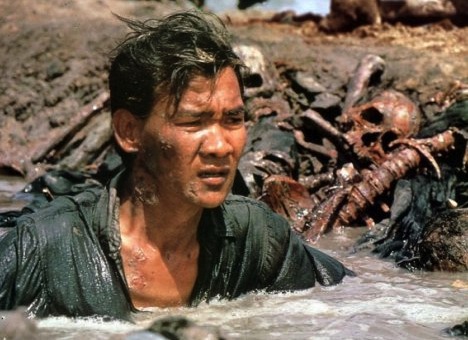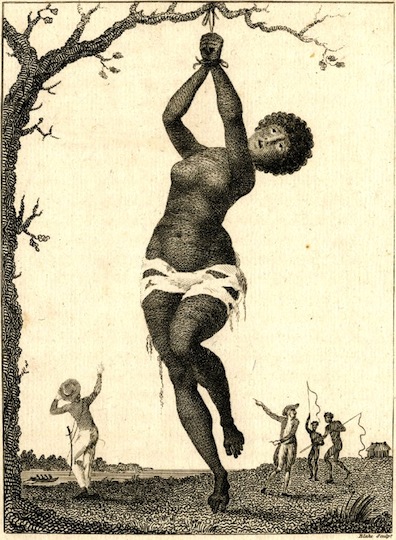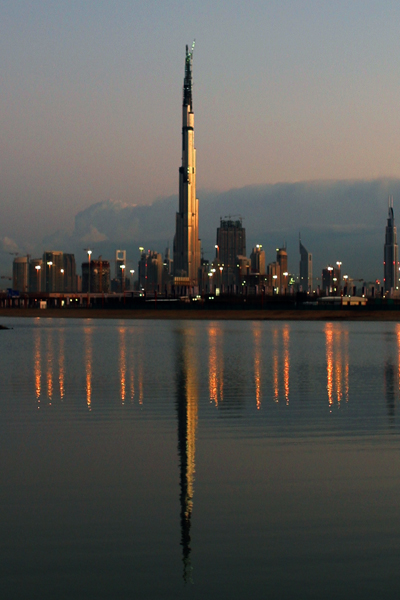Survival in the Killing Fields is my book from Cambodia for the Read The World challenge. Haing Ngor was a doctor in pre-revolutionary Phnom Penh. That alone was enough to make him a target for the Khmer Rouge, but he managed to survive their regime through lies, determination, judgement and blind luck. Later he made it to America, was cast in the film The Killing Fields, and won an Oscar for best supporting actor.

Which is a remarkable story, and superficially one of the triumph of the human spirit over adversity; except that really, even an Academy Award is no kind of compensation for forced labour, torture, exile, and the death of most of your family. And in the Epilogue written for this edition, 15 years after the original publication, we learn that Ngor had a pretty rough time of it in the US — which I guess you have to say is not surprising, given all he’d been through, that he was living as a refugee with limited English, and that frankly he seems to have been a somewhat difficult man even before the psychological scarring of the Khmer Rouge years. The final tragic twist is that he was shot dead outside his home in Los Angeles in what was probably but not definitely a normal, non-political robbery.
So it’s a dark book. It would be difficult to read except that the matter-of-fact way that it’s told keeps it from being as harrowing as it might be.
In some ways I would have liked to read a non-Khmer Rouge book for Cambodia, because it seems a pity to always see these countries through the lens of their most spectacular historical traumas. But I’m glad I read this, even so. In some ways all these political atrocities start to blur together, all endless variations on a theme — torture, paranoia, propaganda, casual violence — but somehow they all have their own distinctive local flavour. The Khmer Rouge see to have been characterised by a particularly nasty combination of anti-intellectualism, viciousness and incompetence.
» The photo is a shot from the film.






